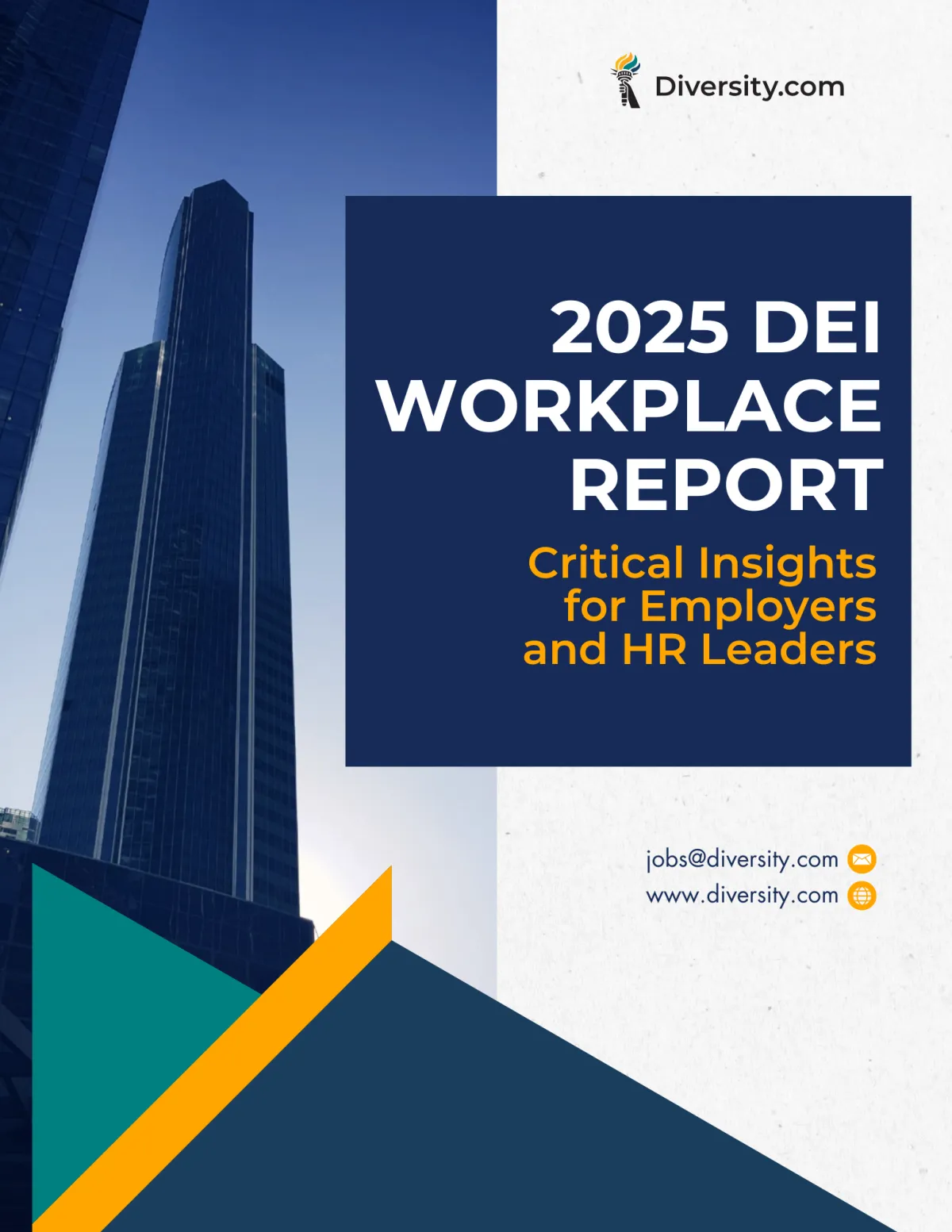
Single Parents in the Workforce: Addressing Caregiving Bias in Inclusive Workplaces
Diversity efforts often overlook one of the most common but least acknowledged identities in the workforce: single parents.
While many organizations offer general family-friendly policies, few explicitly account for the unique barriers faced by employees who parent alone.
Single parents navigate a professional landscape shaped by inflexible schedules, caregiving assumptions, and limited support.
When these challenges go unrecognized, they result in silent exclusion. That’s why caregiving status—especially single parenthood—must be part of any serious DEI strategy.
The Reality of Single Parenting at Work
According to the U.S. Census Bureau, nearly one in four children in the United States is raised by a single parent (U.S. Census Bureau, 2023).
Most of those parents work full-time, yet few workplaces are built with their needs in mind.
Common challenges include:
Rigid Scheduling Norms: Traditional 9–5 structures often clash with school pickups, daycare closures, or medical appointments.
Career Penalties: Single parents may be passed over for promotions or leadership roles due to assumptions about their availability or “distraction.”
Financial Strain: With only one income, many single parents cannot afford unpaid leave or unexpected gaps in work.
Lack of Visibility: Most DEI data collection doesn’t track caregiving status, erasing their experiences from the conversation.
When DEI frameworks ignore caregiving bias, they fail to support an entire population of workers who are navigating both professional and parental responsibilities alone.
Caregiving Bias Is a Workplace Equity Issue
Caregiving bias refers to the assumptions, policies, and practices that disadvantage employees based on their caregiving responsibilities.
For single parents, this often means being seen as less committed, less flexible, or less promotable—even when their performance matches or exceeds expectations.
This bias is amplified for women, especially women of color, who disproportionately bear the load of solo parenting in the United States.
That intersection of gender, race, and caregiving status compounds barriers to inclusion, advancement, and economic mobility.
Ignoring caregiving bias creates a workplace where performance is judged through a lens of personal circumstance rather than actual contribution.
What Inclusive Employers Can Do
Track and Acknowledge Caregiving in DEI Metrics: Include caregiver status in employee surveys and equity audits to reveal patterns of exclusion.
Offer Flexible Work Models: Hybrid schedules, flexible hours, and asynchronous workflows help single parents stay engaged and productive.
Rethink “Face Time” Culture: Prioritize output over visibility. Being in the office longest does not always mean working hardest.
Provide Predictable Scheduling and Paid Leave: Stability is critical for single parents, especially during school breaks or emergencies.
Sponsor Single Parent ERGs or Resource Groups: Build community and visibility within your workplace so employees do not feel isolated.
Inclusion Means Supporting Every Family Structure
Inclusive workplaces recognize that equity includes family structure. When single parents have access to support, flexibility, and respect, they are more likely to stay, grow, and lead within their organizations.
DEI should not assume a one-size-fits-all model of family.
Addressing caregiving bias is a necessary step toward building cultures where all employees have a real chance to thrive—no matter what their family looks like.
How Diversity.com Helps You Build a More Inclusive Workforce
At Diversity.com, we connect forward-thinking employers and job seekers who are committed to inclusion, equity, and creating meaningful change across all dimensions of diversity.
Whether you are strengthening your DEI strategy, expanding career opportunities, or building cultures where all identities and experiences are valued, we provide the tools, resources, and insights you need to lead with purpose.
For Employers & HR Leaders:
✔ Create a free employer account — Post open roles and hire with intention. Choose from flexible options: single listings, job credit packs, or subscription plans.
✔ Access a diverse talent network — Connect with professionals across backgrounds, experiences, and identities to drive workplace innovation.
✔ Stay ahead with DEI insights — Explore timely articles, hiring best practices, and workplace inclusion trends.
For Job Seekers:
✔ Search jobs with inclusive employers — Find opportunities where equity, belonging, and authenticity are priorities.
✔ Create a free job seeker account — Apply to roles that align with your values, experiences, and aspirations.
✔ Learn more about workplace inclusion — Access tips, resources, and real-world guidance to navigate your career with confidence.
We believe in a future where every career journey and every hire moves us closer to true equity.
Start building with Diversity.com.
If you have any questions or need assistance, feel free to Contact Us Here. Our dedicated support team is ready to help!
Related Articles
Understanding Privilege Without Guilt: What It Means for Equity in the Workplace
Neurodiversity in the Workplace: Supporting Neurodivergent Employees and Inclusive Hiring Practices
First-Gen Professionals and the Workplace: Resilience, Barriers, and Equity in Action
Addressing Ageism: Valuing Experience in the Modern Workplace
The Intersection of Socioeconomic Status and Career Advancement
Mental Health and DEI: Why Inclusive Workplaces Must Prioritize Well-Being
Invisible Disabilities in the Workplace: How Inclusive Employers Can Provide Real Support
Women and DEI: Advancing Gender Equity and Building Inclusive Workplaces
Veteran Hiring and Military Spouse Inclusion: Building Equitable Civilian Workplaces
Career Transitions and DEI: How Inclusive Workplaces Enable Mid-Career Reinvention
Cultural Competence in DEI: Building Inclusive, Globally Aware Workplaces
2025 Shareholder Votes Reject Anti-DEI Proposals at Levi’s, Goldman Sachs, and More
Sources & References:
U.S. Census Bureau. (2023). America’s Families and Living Arrangements: 2023. https://www.census.gov/data/tables/2023/demo/families/cps-2023.html

